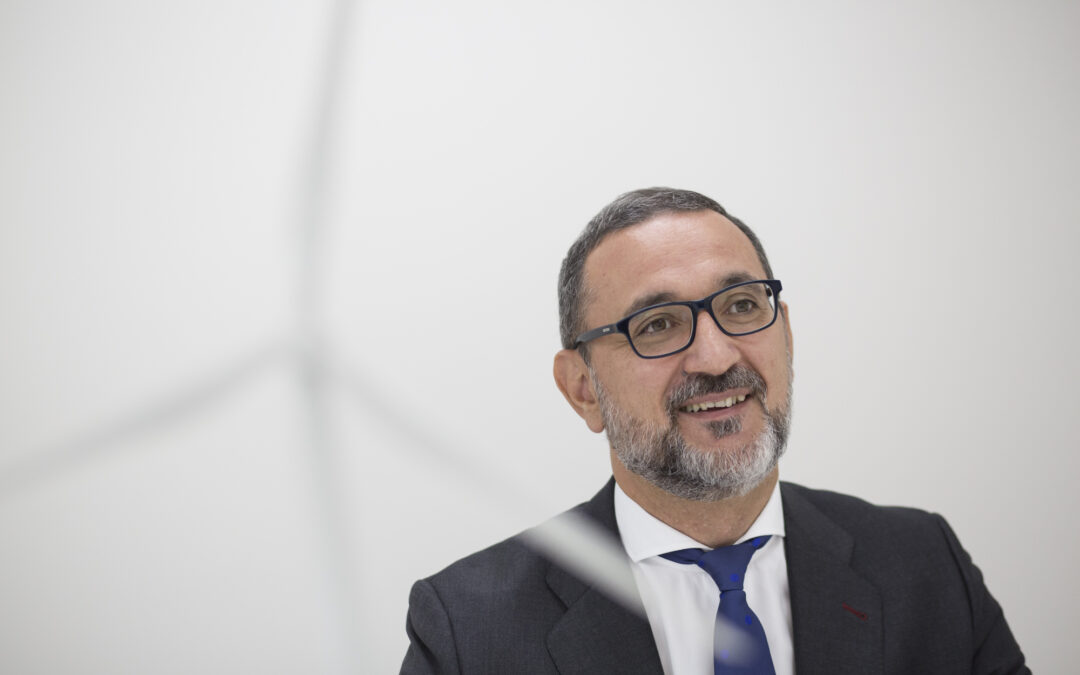Europe is undergoing a profound transformation. The urgency to decarbonize its energy matrix and the geopolitical pressure to reduce dependence on Russian gas—exacerbated this week by the European Commission’s approval of a sanctions package banning new gas and LNG imports from Russia—have made green hydrogen a key element of the new energy landscape.
But to produce it on a large scale and at competitive prices, the Old Continent needs allies, and in that equation, Latin America appears to be the great ally.
“The region’s solar and wind potential is unparalleled in the world. If managed with strategic vision, it can supply a significant portion of European hydrogen demand in the next decade,” explains Felipe González Coto , energy consultant and member of the organizing committee of OH₂, the 1st Euro-American Hydrogen Congress , which will be held in January 2026 in Oviedo (Asturias) and will bring together Latin American government officials to strengthen partnerships.
With Brussels’ goal of importing 10 million tons of renewable hydrogen by 2030 , the global market will be key. This figure not only responds to a climate need, but also to a strategy for energy independence.
In fact, this mandate has triggered a wave of investments and bilateral agreements with Latin American countries, with more than 70 projects and commitments totaling over $50 billion .
Chile and Brazil are leading the way. The former, with a pioneering national strategy launched in 2020, seeks to produce the cheapest hydrogen on the planet and consolidate its position as a global exporter.
The second, with continental-scale projects—such as the Pecém Port hub or the Piauí Green Energy Park—aims to turn its renewable potential into a new source of foreign currency. “Both countries are showing that hydrogen can be an industrial opportunity and not just an exportable resource,” González Coto emphasized in an interview with Strategic Energy Europe .
Colombia, Uruguay, and Argentina complete the map of new producers, each with varying degrees of progress and ambition, but with one common certainty: green hydrogen is no longer a promise, but a market under construction.
The 8,000-kilometer challenge
The main obstacle to this alliance isn’t politics, but distance. Transporting hydrogen across the Atlantic poses a technical and economic challenge that still lacks a single, winning solution. Currently, three routes are attracting the industry’s attention:
- Green ammonia (NH₃) : the most mature alternative, which takes advantage of the logistics of the global fertilizer market.
- Green methanol (CH₃OH) : a liquid carrier that is easier to handle and compatible with current infrastructure.
- Liquid hydrogen (LH₂) : the most direct route but also the most expensive, requiring temperatures of -253°C.
“Europe needs to quickly define its port and industrial conversion strategy. There can’t be massive investments without clarity about which molecule will dominate transatlantic trade,” warns González Coto .
Today, ammonia appears to have the advantage due to its technological maturity.
However, the gap between announcements and operational reality remains the major risk. Green hydrogen projects take 7 to 10 years to materialize, meaning that many current plans will barely make it in time to meet the 2030 targets.
“We are entering a decisive moment for the sector: either long-term purchase contracts emerge, or most projects will not reach a final investment decision,” the expert notes. In this sense, European demand will be key to providing stability to the Latin American ecosystem.
A market that must be built among equals
Beyond trade flows, what’s at stake is the type of relationship that will be established between the two continents.
In this regard, the specialist warns: “The risk is repeating an extractive model, where Latin America exports cheap molecules and Europe captures the added value. The opportunity lies in creating shared value chains, with technology transfer, manufacturing, and skilled employment on both sides of the Atlantic.”
OH₂ plans to bring together investment banks, technology companies, and utilities to discuss real-world business opportunities, financing agreements, and patents that will drive market consolidation. “Without pragmatism, there will be no competitive hydrogen or just transition,” concludes González Coto.






























